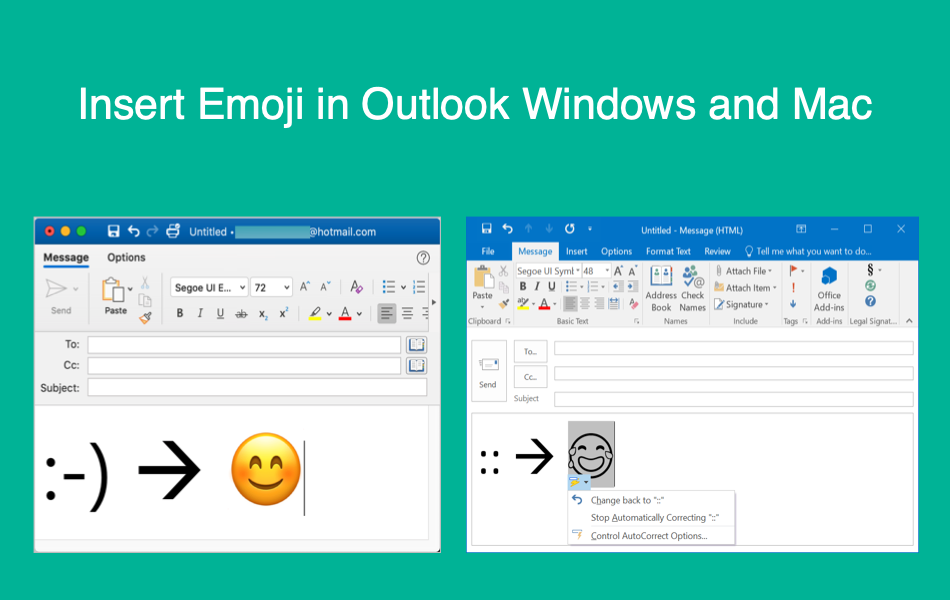


Go to the end of work hours for the selected day. Go to the start of work hours for the selected day. Move selected item to the same day in the previous week.Ĭtrl+B (when a Send/Receive is in progress) Show the properties for the selected item. Move selected item to the same day in the next week. With the cursor in the appointment, Alt+Shift+Up Arrow or Alt+Shift+Down Arrow, respectively With the cursor in the appointment, Alt+Up Arrow or Alt+Down Arrow, respectivelyĬhange an appointment’s start or end time.
/001_best-gmail-keyboard-shortcuts-4686794-75c081fdd5664ac89dd869bbcdd13c18.jpg)
Select the block of time at the bottom of the screen. Select the block of time at the top of the screen. Open the Mail Tip in the selected message. Select the time that begins your work day. Move between Calendar, TaskPad, and the Folder List.Ĭreate a message (from any Outlook view).ĭisplay the Flag for Follow Up dialog box. Select the first item on screen in an expanded group or the first item off screen to the right.ĭisplay blocked external content (in a message). Select or cancel selection of the active item.Ĭhoose the account from which to send a message.Ĭtrl+Tab (with focus on the To box), and then Tab to the Accounts button Go to the next or previous item without extending the selection.Ĭtrl+Up Arrow or Ctrl+Down Arrow, respectivelyĮnable editing in a field (except in Mail or Icon view). Shift+Up Arrow or Shift+Down Arrow, respectively Go to the item at the bottom of the screen.Įxtend or reduce the selected items by one item.
#Shortcut for send in outlook on a mac full
Start a send/receive for the current folder, retrieving full items (header, item, and any attachments).Ĭlick in an InfoPath folder, and then Ctrl+N. This can include headers, full items, specified folders, items less than a specific size, or any combination that you define. Start a send/receive for all defined Send/Receive groups with Include this group in Send/Receive (F9) selected. Open the Flag for Follow Up dialog box to assign a flag.Īlt+F, press P, and then press F and press 1ĭelete the selected category from the list in the Color Categories dialog box. Hold down Ctrl and click the mouse button.Įxpand search to include items from the current folder. Works in the Reading Pane on an open item. Select the InfoBar and, if available, show the menu of commands.Įxpand the search to include All Mail Items, All Calendar Items, or All Contact Items, depending on the module you are in.įind and replace text, symbols, or some formatting commands. Stretch a paragraph to fit between the margins. Go forward to next view in main Outlook window. Go back to previous view in main Outlook window. In the Reading Pane, page up through text.Ĭollapse or expand a group in the email message list. Note Ctrl+Insert is not available in the Reading Pane. In the Reading Pane, page down through text. In the Reading Pane, go to the previous message.Īlt+Up Arrow or Ctrl+Comma or Alt+Page Up Move around message header lines in the Folder Pane or an open message. Move between the Outlook window, the smaller panes in the Folder Pane, the Reading Pane, and the sections in the To-Do Bar, and show the access keys in the Outlook ribbon. Move between the Outlook window, the smaller panes in the Folder Pane, the Reading Pane, and the sections in the To-Do Bar. Move between the Folder Pane, the main Outlook window, the Reading Pane, and the To-Do Bar. Switch to previous message (with message open). Switch to next message (with message open). Note: This list applies to Office 2013, though most will work with earlier versions as well. Your best bet is to select your tasks from below and then learn those shortcuts. Normally you only need a fraction of these. Microsoft Outlook is quite a complex program so this is a long list here.


 0 kommentar(er)
0 kommentar(er)
